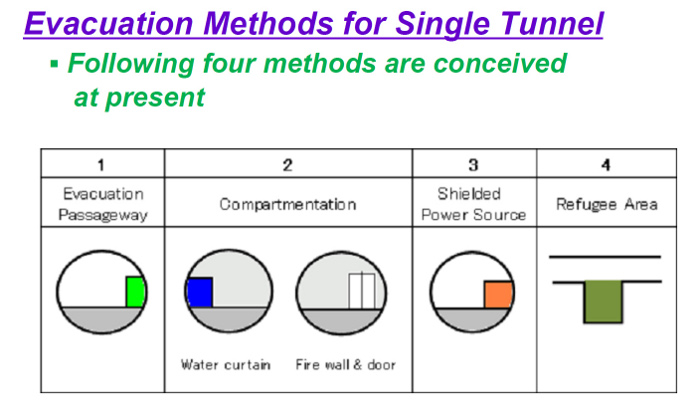Director's Corner
3 September 2009
 Barry Barish |
Keeping up with ILC technical progress
One of my major challenges in writing this weekly column is tailoring it to an audience that ranges from scientifically interested outsiders to technical experts who are members of the Global Design Effort. From the recent ILC NewsLine survey we know that our audience is about evenly split between these constituencies and we try to balance the content accordingly. In this column, I also try to provide more general context and perspectives related to the ILC. Today, I want to advertise another useful resource that provides detailed ILC technical developments: the monthly Project Managers' Report.
We began the monthly report as a mechanism of reporting and summarising each month's technical activities, including meetings and technical progress and plans. The content consists mainly of reports from individual technical managers. The reports are not heavily edited and therefore there are changes of style from topic to topic. Nevertheless, it is a very useful way to keep updated on technical progress of the GDE, and the content complements the Director's Corner and other articles in ILC NewsLine.
To give a feeling for the content of the Project Managers' Report I discuss briefly just a few highlights, mostly from the just-released July edition. I concentrate primarily on the report from the monthly webex meeting on Conventional Facilities and Global Systems. For context, we should recall that the proposed new baseline for the ILC will be a major topic of discussion at the ALCPG09 meeting in Albuquerque later this month. In the July report, the project managers summarise the present status and preparations: “With the preliminary definition of our proposed new baseline, 'SB2009', complete, attention is now focused on gathering details to allow a cost comparison for each of its seven components with respect to the 2007 RDR baseline.”
A primary motivator of the changes being proposed are the resulting reductions in requirements (thus mainly space) for Conventional Facilities (CFS). This month's report has a set of minutes from the July meeting webex on CFS and other Global Systems. A primary consequence of evaluating the proposed baseline changes is work towards defining the resulting reductions in space, requirements for utilities, etc. Another important aspect in this month's report is the work on safety, where the project managers report that they are working on having all safety reports (the Large Hadron Collider, the European X-Ray Laser Project XFEL, etc) assembled by the Albuquerque meeting.
On the more technical side, progress and issues in developing 3-D models for the conventional facilities are summarised. Such modelling will be very helpful in realistically evaluating the use of tunnel space. Finally, there is a summary of the report on the Availability Working Group. In a large complex machine like the ILC, it will be a challenge to make sure the machine is "available" for science most of the time. This will require reliable components, redundancy and effective schemes for maintenance and servicing. A simulation programme, Availism, created by Tom Himel (SLAC) is being employed to understand the items that will have a high impact on mean times to beam fault, machine downtime, etc. This work is crucial to evaluating and making the coming decision as to whether a one tunnel option for the ILC is realistic.
So, if you are serious about keeping up with the detailed technical work on the ILC, I strongly suggest you make it a habit to read the ILC Project Managers' Report each month.
-- Barry Barish

